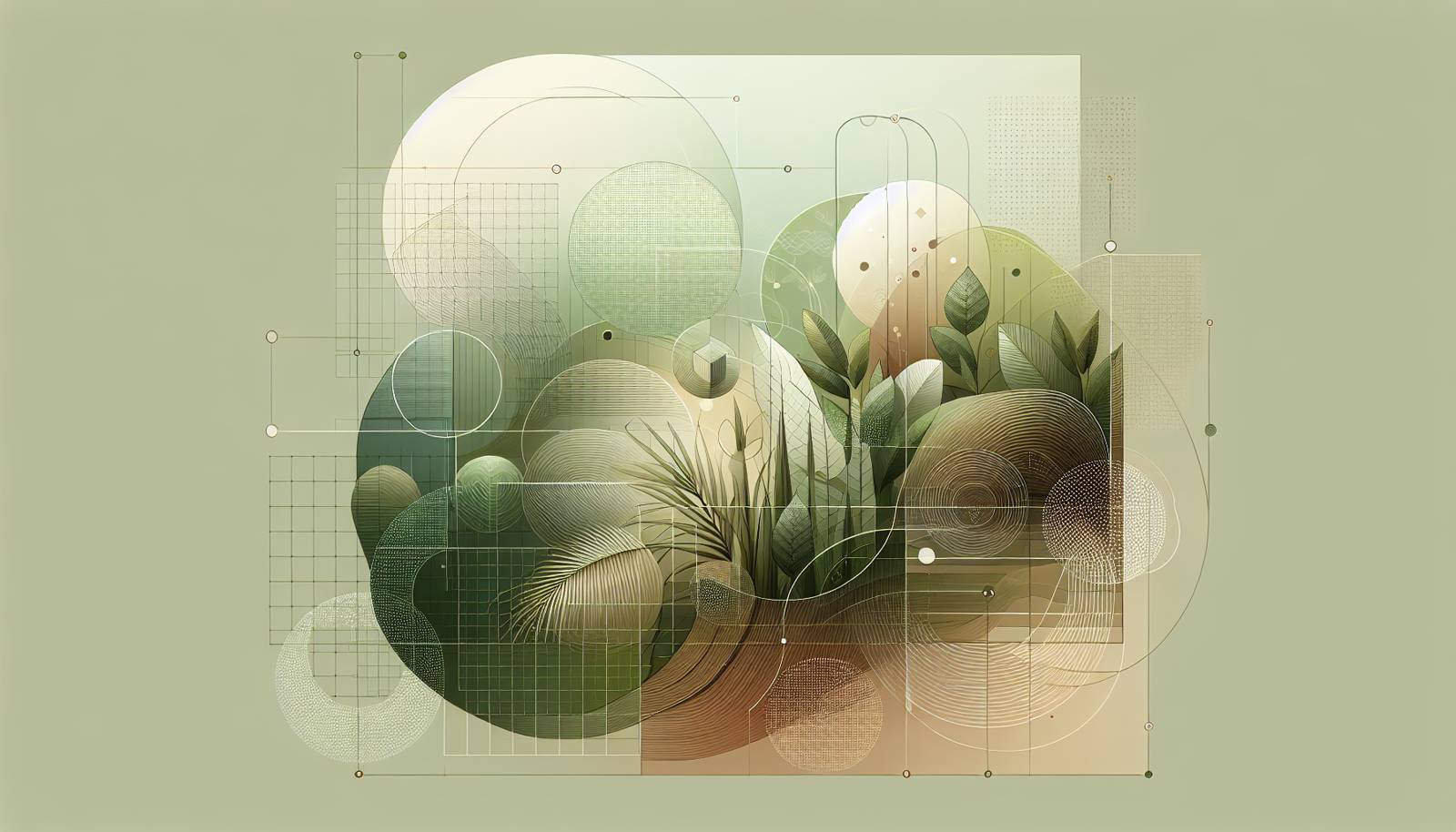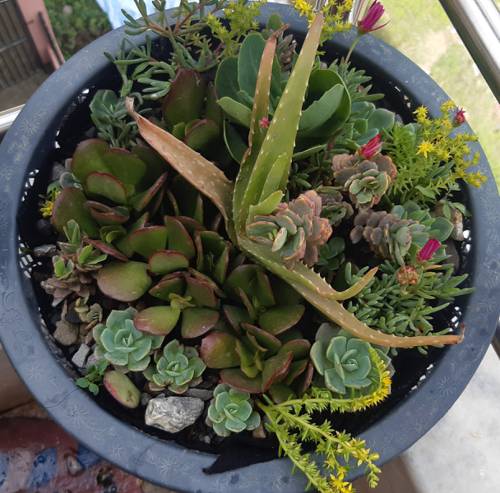
FAQ About Indoor Plant Lighting Automation

What is indoor plant lighting automation?
Indoor plant lighting automation refers to the use of technology to control lighting systems that simulate natural sunlight for indoor plants. This technology can help optimize growth conditions for plants by automatically adjusting lights based on time of day, season, or specific plant needs, thus mimicking the optimal light cycles they would experience outdoors.

Why is lighting automation important for indoor plants?
Lighting automation is crucial for indoor plants because it ensures that plants receive the right amount and type of light required for photosynthesis and growth. By automating lighting, it is possible to provide a consistent light schedule that mimics natural sunlight. This is especially important for plants that need specific light durations and intensities to thrive.

How does automated lighting help mimic natural sunlight?
Automated lighting systems for plants are designed to replicate the intensity and spectrum of natural sunlight. Many systems use programmable LED lights that can simulate sunrise, daylight, and sunset by gradually increasing or decreasing the light intensity and color spectrum. This helps to create a more natural environment indoors, promoting healthier plant growth and development.

What types of lighting systems are used for automation?
There are several types of lighting systems used for automation, including LED grow lights, fluorescent lights, and HID lamps. LED lights are the most popular due to their energy efficiency and ability to provide a full spectrum of light. These systems often come with timers and smart controls that allow for easy automation of light schedules.

Can I automate light schedules for specific plant types?
Yes, many automated lighting systems allow you to customize light schedules based on the specific needs of different plant types. By using smart controllers and apps, you can set the duration, intensity, and spectrum for various plants, catering to their unique growth requirements.

What are the benefits of using LED lights for indoor plant automation?
LED lights provide several benefits for indoor plant automation, including energy efficiency, low heat emission, and a customizable light spectrum. They last longer than other types of grow lights and can be precisely controlled to provide the right conditions for different stages of plant growth. This makes them ideal for use in automated systems.

How do smart controllers work with plant lighting systems?
Smart controllers connect to your plant lighting system and allow you to automate and adjust the light settings remotely. These devices often come with mobile applications that enable you to schedule lighting cycles, monitor energy usage, and make adjustments based on the needs of your plants. This technology enhances the flexibility and effectiveness of automated lighting solutions.

Are there mobile apps available for controlling plant lighting?
Yes, many manufacturers offer mobile apps that allow you to control plant lighting systems. These apps provide features such as scheduling, real-time monitoring, and remote control of light settings. This makes it easy to adjust lighting for your plants even when you are not at home, ensuring they receive optimal care.

What are the common features of automated plant lighting systems?
Common features of automated plant lighting systems include programmable timers, adjustable light intensity, full spectrum light options, remote controls, and integration with smart home systems. These features allow users to create customized lighting environments that suit the specific needs of their indoor plants.

How can I set up an automated lighting system at home?
To set up an automated lighting system for your indoor plants, you will need to choose the right type of grow lights (such as LED) and a compatible smart controller. Install the lights above your plants and connect them to the controller. Use the accompanying app or interface to set up your desired lighting schedule and make any necessary adjustments depending on your plants' needs.

What are the energy savings associated with lighting automation?
Lighting automation can lead to significant energy savings by ensuring lights are only on when needed. Automated systems can be programmed to adjust light intensity based on the time of day or plant requirements, reducing unnecessary energy consumption. LED grow lights, often used in these systems, are also more energy-efficient than traditional lighting options.

Can lighting automation affect plant growth positively?
Yes, by providing a stable, optimized light environment, lighting automation can positively affect plant growth. Consistent light schedules tailored to a plant's natural cycles can lead to more robust growth, increased flowering, and higher yields in edible plants. Automation minimizes human error and ensures that plants receive exactly what they need for optimal growth.

What challenges might one face with plant lighting automation?
Common challenges associated with plant lighting automation include technical difficulties with equipment, the initial cost of setting up automated systems, and ensuring that the settings are properly configured for different species of plants. Correct installation and configuration are essential for achieving the desired results and ensuring plants thrive under automated lighting.

Is it necessary to adjust light settings seasonally with automated systems?
While automated systems can handle a lot of the work, adjusting light settings seasonally can be beneficial depending on the plant type. Some plants may require different light cycles during different seasons, mimicking natural changes in daylight duration and intensity. Smart systems often allow you to make these adjustments easily through the controllers or apps.

Do automated lighting systems work with all types of indoor plants?
Automated lighting systems can be adapted to work with most types of indoor plants. However, it is important to understand the specific light needs of the plant species you are growing, as different plants have varying requirements for light intensity and duration. By selecting the appropriate settings, you can ensure that any indoor plant can benefit from automated lighting.

How does automation improve convenience for plant care?
Automation greatly enhances convenience in plant care by allowing for remote management and consistent scheduling without daily manual intervention. This means that even when you're not at home, the plants receive proper light cycles, reducing the risk of neglect and improving overall plant health and growth.

Can I integrate plant lighting with other smart home systems?
Yes, many modern automated lighting systems can be integrated with other smart home devices. This allows for comprehensive control over multiple aspects of your home environment, including energy management, climate control, and more. Integration can also facilitate automation sequences that adjust lighting in concert with other conditions, like temperature and humidity adjustments for plant care.

Is professional installation required for lighting automation systems?
Professional installation is not always required for lighting automation systems, especially for plug-and-play models with user-friendly instructions. However, if your setup involves complex wiring or integration with other smart home systems, professional installation can ensure everything is set up correctly and safely.

How do I maintain my automated indoor plant lighting system?
Maintaining an automated indoor plant lighting system involves regularly checking the lights for any signs of malfunctions, cleaning light fixtures to ensure maximum efficiency, and updating any software or apps associated with your smart controllers. Ensuring connections and timers are functioning correctly is also essential for continuous, effective operation.

Are there cost benefits to using automated lighting for plants?
Yes, while the initial investment in automated lighting systems might be higher, the long-term cost benefits include reduced electricity bills thanks to energy-efficient LED lights and optimized light usage. The ability to prevent plant loss through consistent care also contributes to overall savings.
